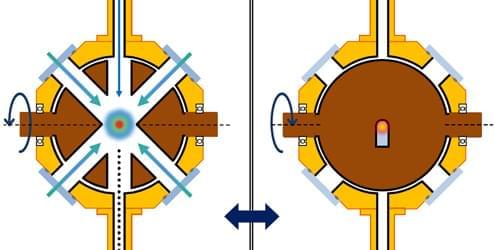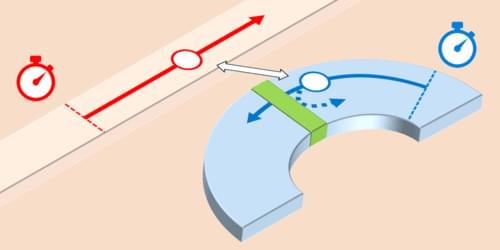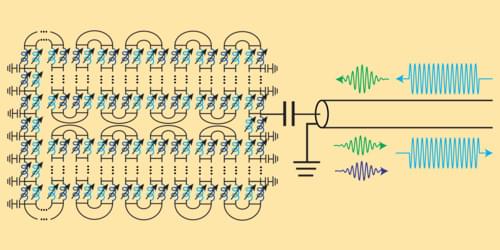A machine learning method developed by researchers from the Institute of Science Tokyo, the Institute of Statistical Mathematics, and other institutions accurately predicts liquid crystallinity of polymers with 96% accuracy. They screened over 115,000 polyimides and selected six candidates with a high probability of exhibiting liquid crystallinity. Upon successful synthesis and experimental analyses, these liquid crystalline polyimides demonstrated thermal conductivities up to 1.26 W m⁻¹ K⁻¹, accelerating the discovery of efficient thermal materials for next-generation electronics.
Finding new polymer materials that can efficiently dissipate heat while maintaining high reliability is one of the biggest challenges in modern electronics. One promising solution is liquid crystalline polyimides, a special class of polymers whose molecules naturally align into highly ordered structures.
These ordered chains create pathways for heat flow, making liquid crystalline polyimides highly attractive for thermal management in semiconductors, flexible displays, and next-generation devices. However, designing these polymers has long relied on trial and error because researchers lacked clear design rules to predict whether a polymer would form a liquid crystalline phase.









